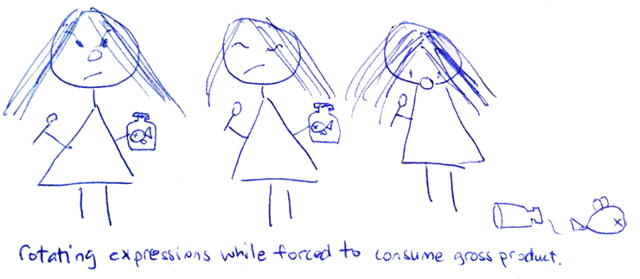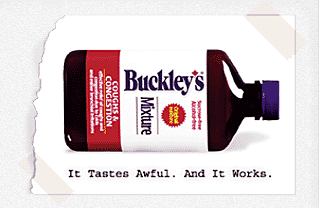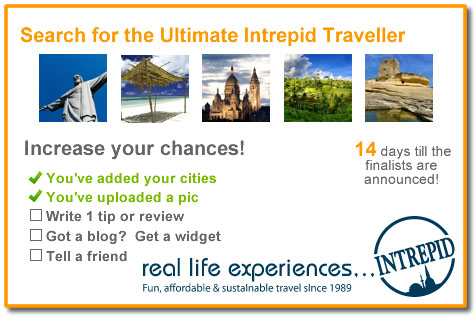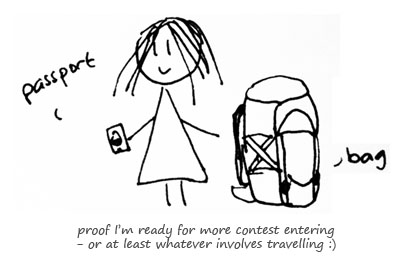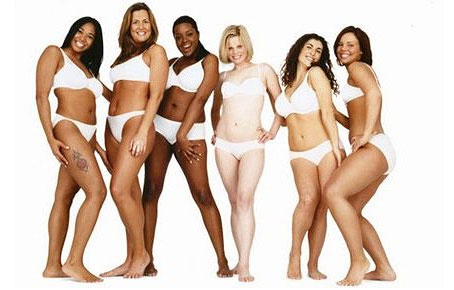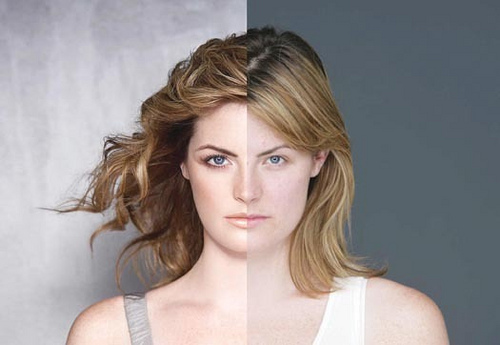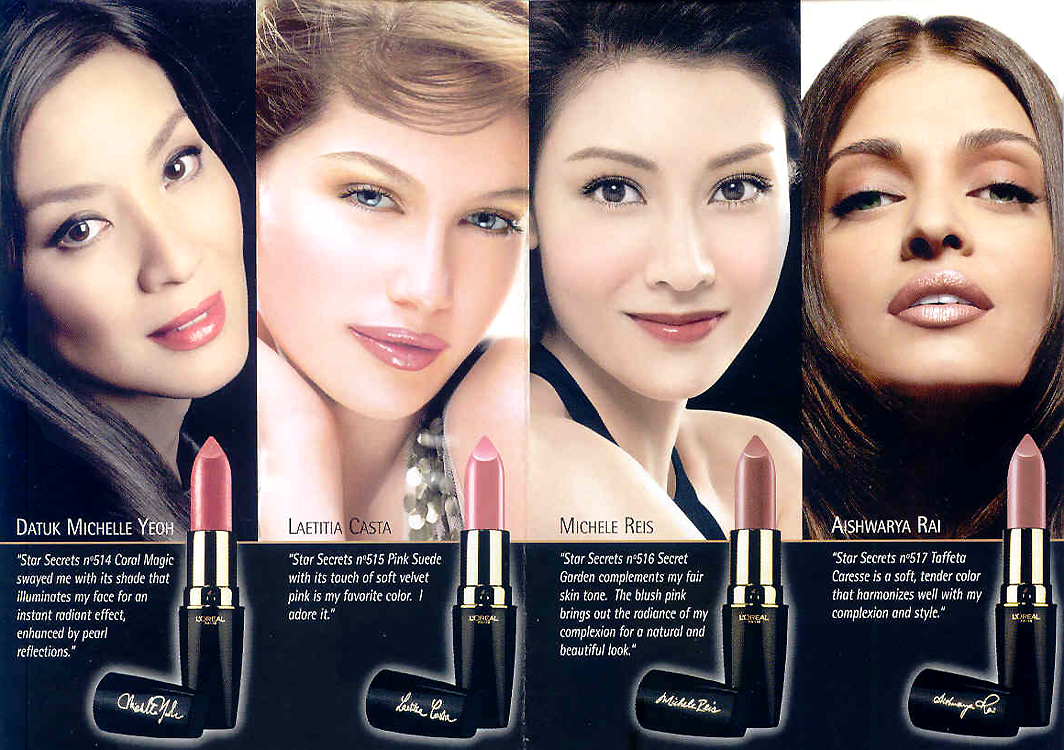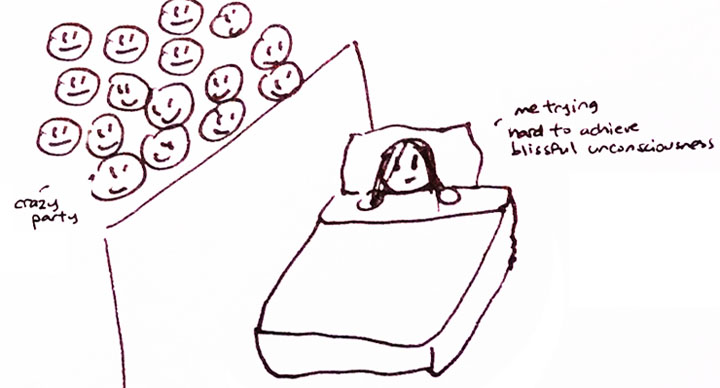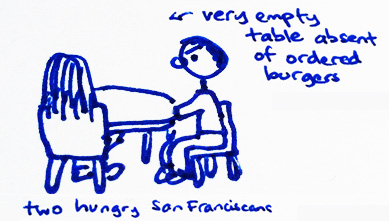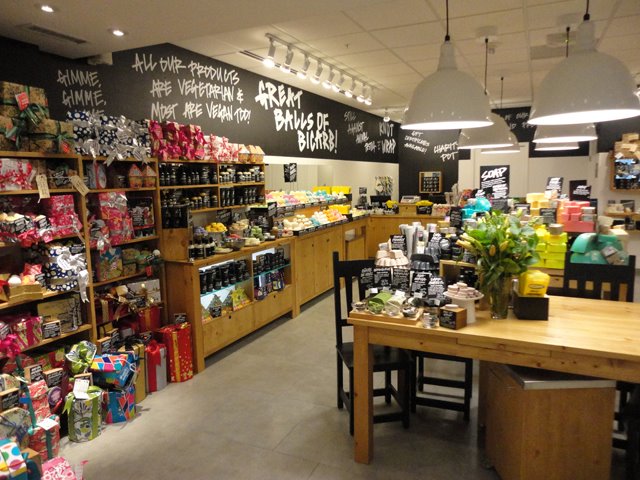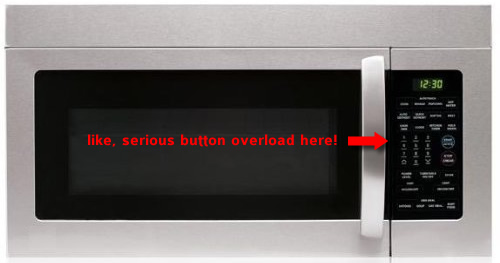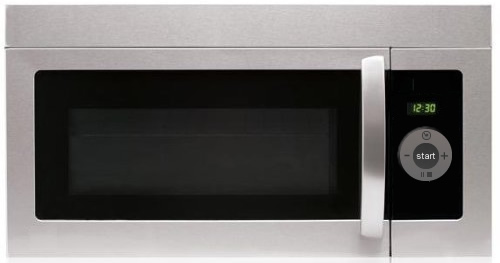Every Friday afternoon, I’d look forward to her arrival. I didn’t know her name, but without fail she’d show up at my cubicle with her kit.
“Excuse me miss, can I get by?” she’d ask.
I’d scoot my chair over to let her in and stop whatever I was doing to watch her at work.
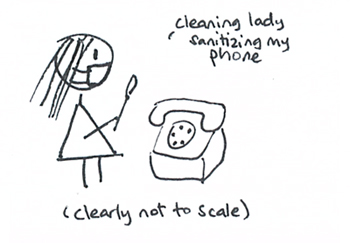
Taking a spray bottle from her kit, she’d first mist over my entire phone before taking out a cloth to wipe down every curve and corner. Next, she would take out what looked like a long Q-Tip and repeat the process over the smaller crevasses, paying special attention to the earpiece and mouthpiece. Finally, she would spray the phone again with a scented polish before buffing it with disposable circular disc not unlike those you see at airport security. She’d then move on to the next cubicle.
And with that, I had a squeaky-clean-germ-free-nice-smelling phone. Booyah!
(Did you know that office phones are among the dirtiest items in an office? 25,127 germs per square inch. Side factoid for you.
So yes, maybe you should have a phone cleaning lady in your office too. 🙂 )
For me, watching the lady clean my phone was like watching her perform a ritual.
ritual /ˈriCHo͞oəl/
: a series of actions performed according to a prescribed order.
Rituals happen everywhere. Think about the steps you take before you go to bed. Or the beginning of a hockey game as the players enter the rink and sing the anthem. (Go Canucks Go!)
What’s beautiful about rituals is that it’s a series of regularly occurring steps that follow a specific routine, allowing you to build a sense of anticipation. It’s the anticipation really that is so powerful. In the right context, it can strongly trigger specific emotions and senses.
When I think of a brand that’s really done this well, I think of Kerastase. For those who don’t know, Kerastase is a high end salon hair care line. Their signature is a series of highly sensorial in-salon rituals. Everything is controlled — sometimes even down to the room decor, the mood, the lighting and the chair you sit in. The product used for each step in the ritual are sealed within small vials – to be opened at the right moment before being applied and massaged into your scalp following a specific technique.

Think about that. They’ve basically managed to turn a process where you’re getting cream dumped on your head and some fingers being stuck in your hair and some product moved around your scalp into a highly anticipated luxurious experience that you pay muchos dineros for.
Or think Folgers with their tagline “The best part of waking up is Folgers in your cup!” What better mindspace can you occupy than being a necessary part (and best) part of a morning routine?
So fellow marketers, think about how you might work your product into a ritual!


